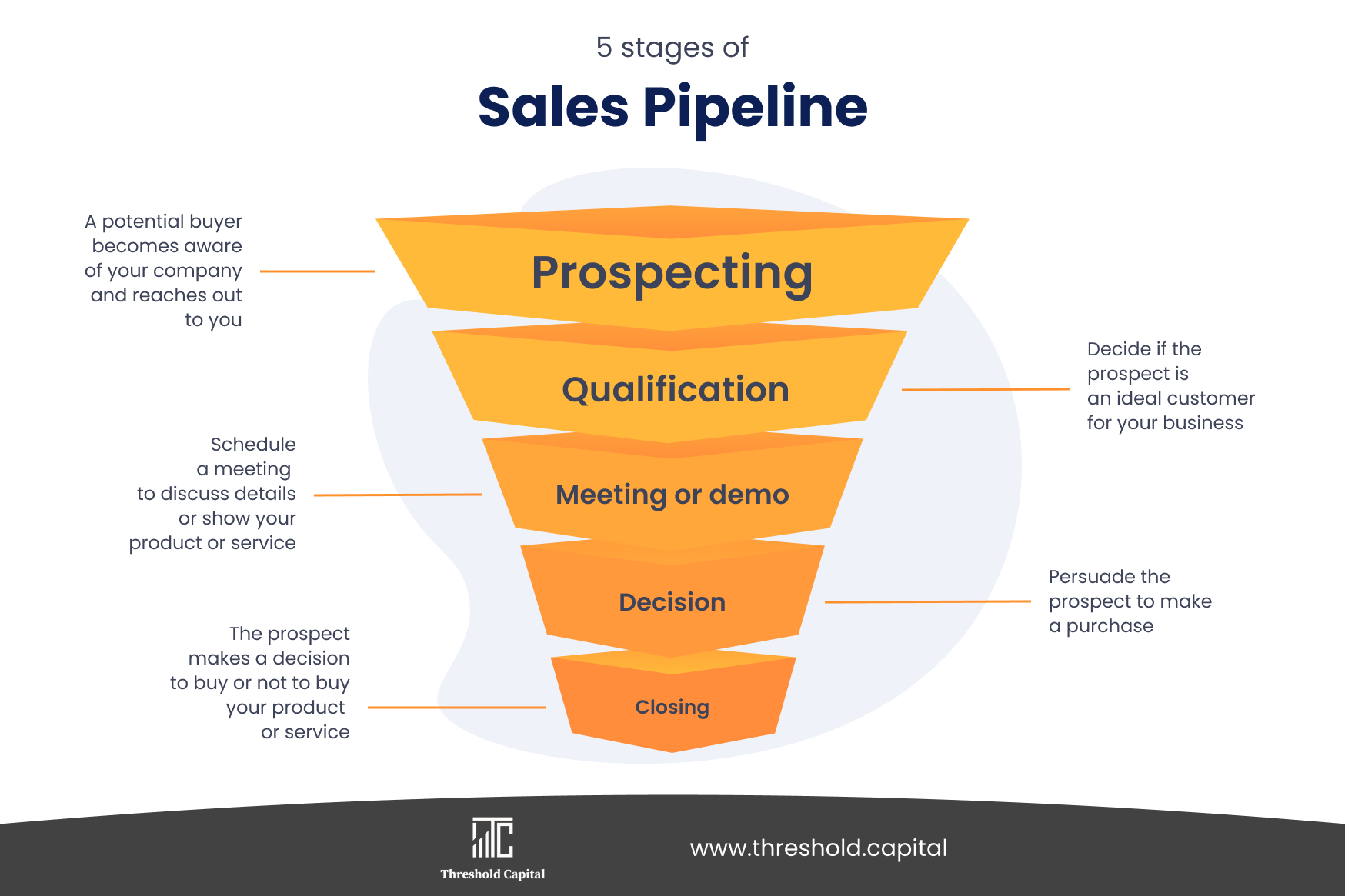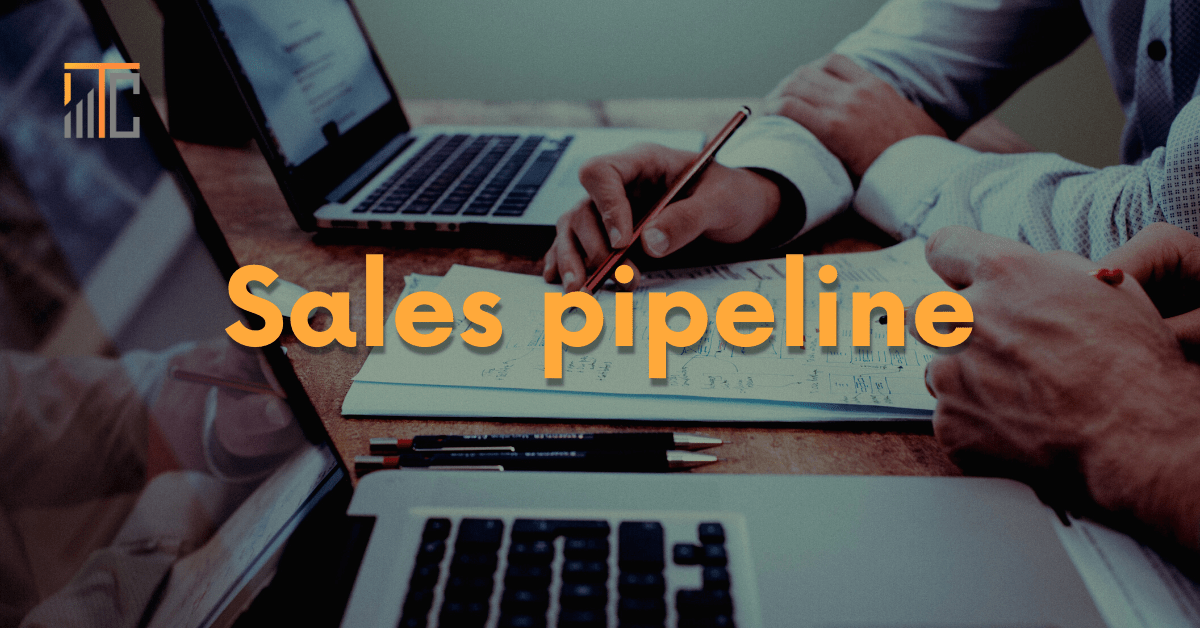If you ever got even barely involved in any sales activities, you certainly came across workmates shouting at each other: “We need to make our sales pipeline fuller!” Or: “What is the number of your qualified leads for the past week?”
At those times, maybe your best response to these was just blinking quietly with your eyes. But now, when you are a business owner yourself, we assume you are very well familiar with the sales pipeline process. Or not? Shhh, do not worry, we will not tell anyone – we will rather help you to get to know what a sales pipeline actually is, what are the 5 sales pipeline stages and why it is all extremely important for your business. Ready?
What is a sales pipeline?
To put it simply, a sales pipeline is a visual tool that helps sales teams to track potential customers (also called leads or prospects) on their journey from a mere lead to an actual buyer.
To allow your sales representatives to follow all your potential customers´ steps in the buying process, the sales pipeline is divided into 5 different stages, which – when properly analysed – can provide valuable data for your business.
5 stages of a sales pipeline
1. Prospecting
Every potential buyer's journey starts at the point when he or she becomes aware of your company together with its products/services and decides to reach out to you in order to satisfy a certain need or want.
2. Qualification
Even though a person showed interest in your products or services, it does not automatically mean that he or she is an ideal customer for your business. Since building a relationship with a prospect that does not meet your requirements would be a waste of money and time, the task of a sales representative at this stage is to find out if the lead meets the characteristics of your ideal customer and if it is worth to spend more effort on persuading him or her to buy from your company.
3. Arranging a meeting or demo
Once you find out that the potential buyer is a good fit for your company, this is the right stage for scheduling a meeting to discuss the details of your offer or showing the product.
4. Decision
This is the stage that determines if the outcome of your efforts will be positive. It is the right place to answer any lingering questions, negotiate the price and conditions and do anything to persuade the prospect to make a purchase.
5. Closing
The whole sales process ends with the decision of the prospect to buy or not to buy your product or service. Then you mark this sale as lost or won and move on. However, it can also happen that although the prospect is willing to make a purchase, he is not ready to do it at the moment – in this case, you mark it and get back to this person at a later time.

Why is the sales pipeline so important for every business?
Now when you know what the sales pipeline is and what it looks like, you are probably wondering: “What is it good for?”
Well, the little voice in your head can stay assured that the sales pipeline is one of the most important tools for sales activities in any company. And the main reasons are the following:
1. Know the effectiveness of your sales activities
What if someone asked you now: “How effective are your sales activities?” Would your answer be a simple “good” or “bad”? It is understandable that if you do not have a clear structure and management tool that gives you concrete data and details about your sales processes, you really cannot provide better answers than those.
2. Make decisions based on data
Business decisions leading to success are always those that are based on real data and it is the sales pipeline that allows you to gather the needed information about your sales.
3. Make the job of the sales team easier and more effective
A simple visualisation of a sales pipeline stages allows the sales staff to clearly see where in the buyer's journey your potential customers are at any moment, what obstacles are delaying the progress of sales and also they can find out which sales activities are working and make you earn more revenue – and also the ones that do not.
4. Identify and solve the obstacles in your sales processes
A sales pipeline makes it easier to identify any problematic stages, which can be handled and solved afterwards. Once the obstacles are gone, you can focus more on what makes the deals get successfully closed and increase your revenues.
5. Estimate your future revenues
We all know that the past is not predicting the future, however, the ability to estimate the potential worth of pipeline from past performance gives any business a chance for proper planning of their production capacity as well as the seasonality of their business.
6. Track the performance of sales staff
The sales pipeline is not just a tool for tracking your potential customers, but also the ones responsible for them – the sales representatives themselves. Like this, you can easily find out which members of your sales team need more training, or which are simply not a good fit for the job.
Are you already taking advantage of a sales pipeline?
Did we manage to persuade you that a sales pipeline is a true MUST-HAVE for each and every business on the market? If your answer is yes, do not wait any longer and start to apply the newly gained knowledge immediately – though it is never too late to improve your business and your revenues, the earlier you do it the better. Are you in?




